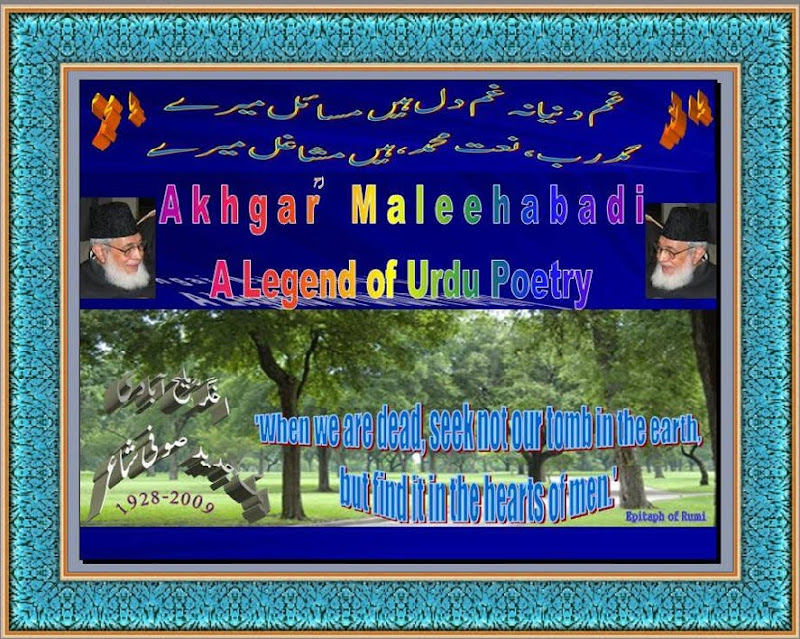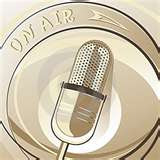Urdu/Hindi today by Viv Edwards، BBC, UK
Following partition in 1947, Urdu became the official language of Pakistan but there are also large numbers of speakers in India. Well over a 100 million people use it either as a first or second language. Hindi is one of the official languages of India. It is the first language of an estimated 400 million people, and is spoken as a second language by a further 90 million people.
The Urdu community in the UK is very much larger than the Hindi community. Most of those who identify themselves as Urdu speakers use a variety of Panjabi as the language of the home, and speak Urdu as a second language for religious and cultural reasons. The overwhelming majority comes from the west Panjab and the Mirpur district of Azad Kashmir, but smaller groups of Gujarati Muslims from both India and East Africa also use Urdu for religious purposes.
The history of Urdu/Hindi
Urdu/Hindi belong to the Indo-Iranian branch of the Indo-European family of languages.
'Urdu' comes from the Persian zaban-e-urdu-e-mu'alla (language of the imperial court), a gloss which gives important clues to its history. Originally it was one of the languages spoken in the Hindi region of India. During the sixteenth century, however, large areas of India fell under the rule of Muslims whose language and culture were predominantly Persian. While the structure of Urdu remained essentially Indian, the vocabulary was greatly influenced by Persian. Urdu spread all over India through administrative structures, army encampments and bazaars.
The linguistic status of Urdu/Hindi has been the subject of fierce debate. Some argue that they be treated as the same language; others that they should be treated separately on the grounds of differences in vocabulary and word order.
More about Urdu
The writing system
Urdu and Hindi also have separate scripts.
Urdu is written right to left in the Nastaliq script, which differs in small but important respects from the Naskh script used for Arabic. It is a consonantal system in which vowels are indicated by marks above and below the letters. Letters also change according to their position - initial, medial, final or isolated - in the word.
A high value is attached to calligraphic skills.
Hindi is written in the Devanagari script. It runs from left to right with an almost continuous horizontal line running along the top.
| Grandfather | Mohammed | Akram | Iqbal |
| Father | Yusuf | Ali | Akram |
| Son | Mohammed | Arif | Yusuf |
| Daughter | Khalida | Parween | Yusuf |
| Personal name | Family name | |
| Father | Mahendra | Verma |
| Mother | Kamala | Verma |
| Son | Roopa | Verma |
| Daughter | Vivek | Verma |







No comments:
Post a Comment